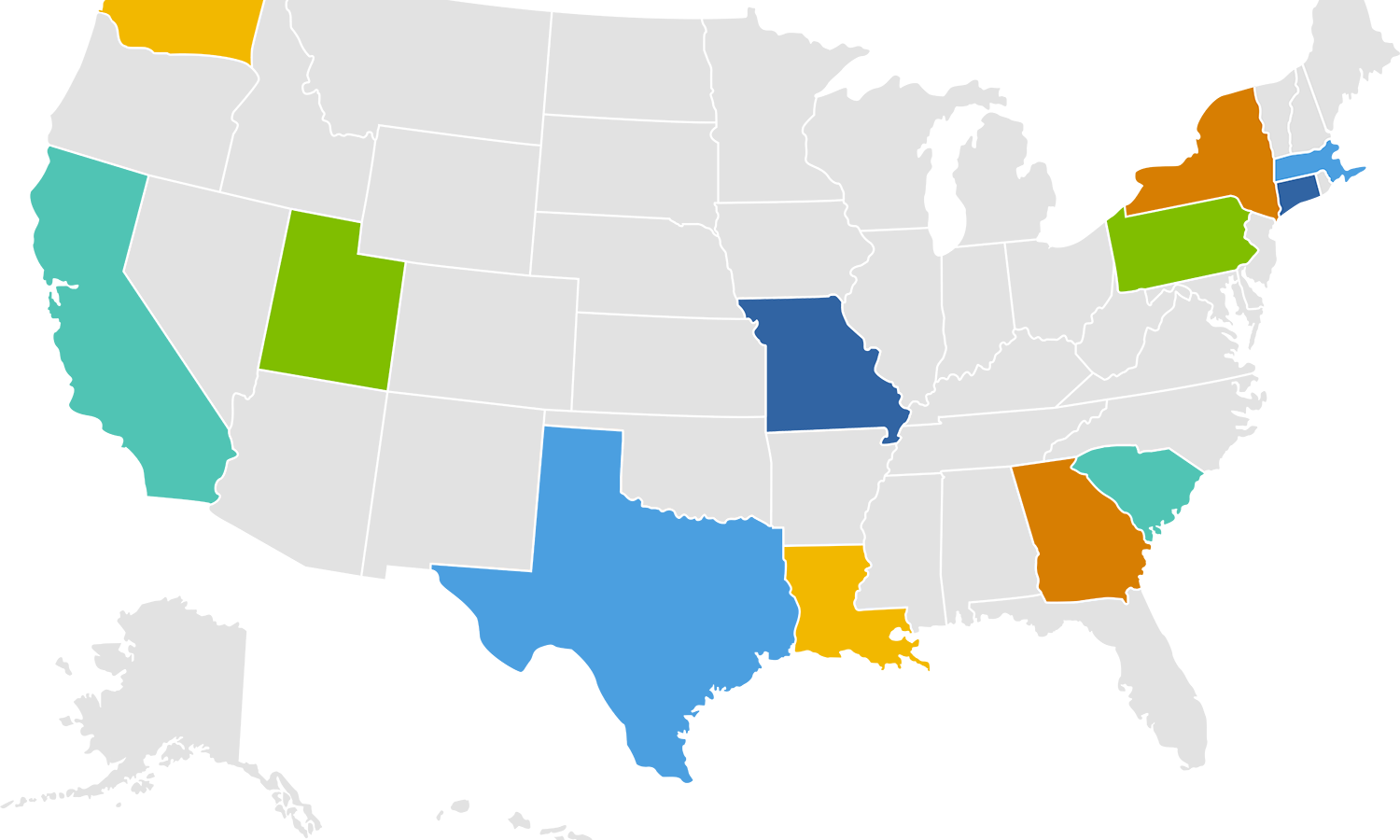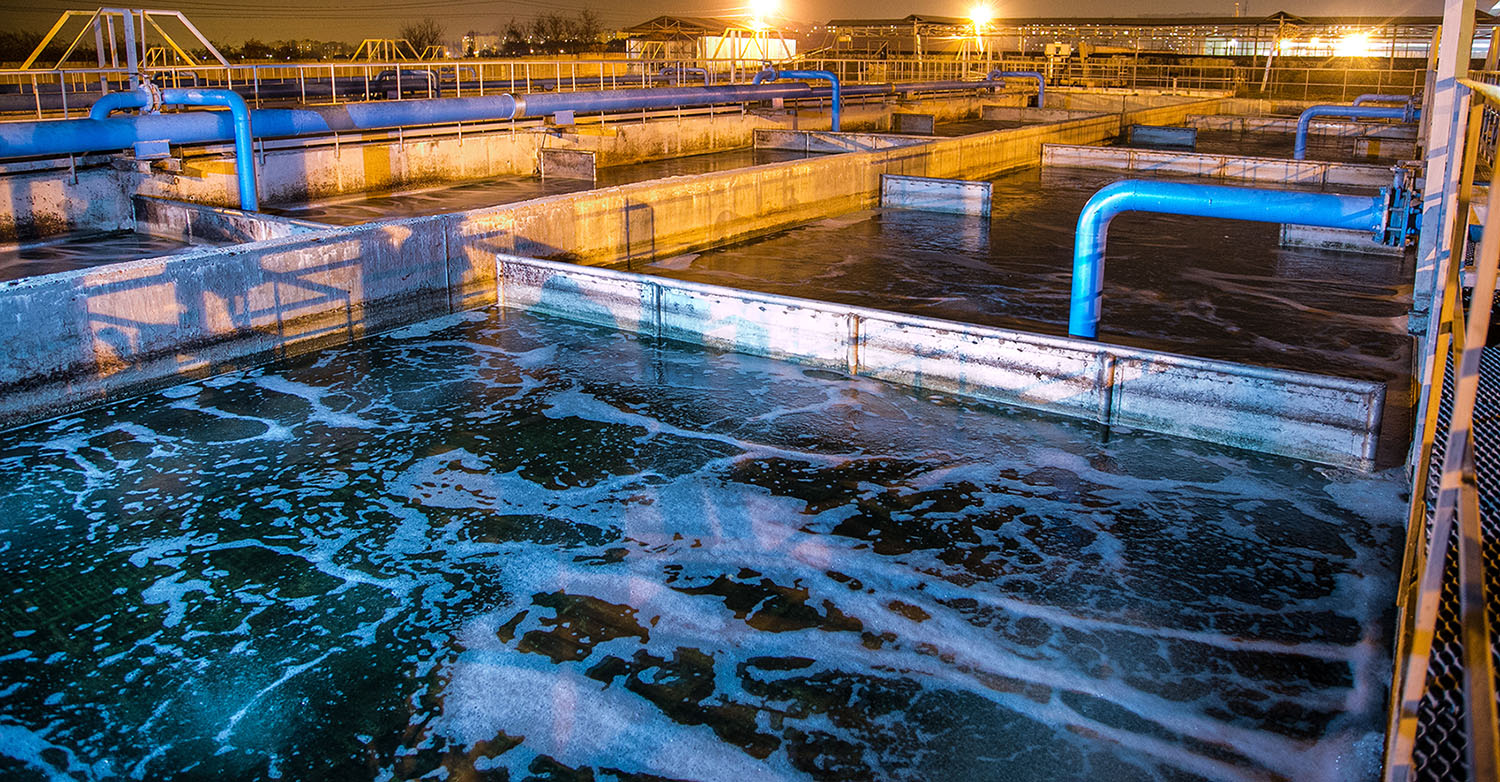
When delivering infrastructure projects, it’s critical to have good data quality to help drive business decisions and executions. With accurate data, businesses will not risk cutting corners and putting anything less than their best effort into projects.
If your infrastructure construction company lacks the proper data quality, there are a few ways to improve. For one thing, inspectors and managers must provide proof of compliance through accurate data and stable programs. Let’s look at how to maximize quality management for improved performance over time.
Why Data Quality Matters
Making significant decisions for your construction project doesn’t solely come from a gut feeling. A lack of data can result in poor decision-making in areas such as assembly and measurement.
Additionally, insufficient data can result in high costs. If you notice flaws and imperfections, you will have to engage in rework, which can drive construction costs up significantly. Aspects such as inaccurate data, missing data, and blatantly incorrect data can easily affect the quality outcome of your projects.
Ways To Improve Construction Data Quality
In order to fully understand the importance of data quality, it’s important to review a few ways to improve construction data and reduce the number of mistakes. Consistency and transparency can quickly change the outcome of your data from bad to good.
Set Strong Foundations and Collect Proper Data
There are a few ways to get valuable data from construction jobs. Establishing an understanding between business processes, key performance indicators, and data assets will build further targeted quality improvements.
Because information is so powerful, collecting as much valuable data as possible for positive construction outcomes is essential. For example, inspectors who collect comprehensive data sets with pictures, metadata, and detailed notes and annotations can provide decision-makers with great insights.
Identify Problems Through Data
Data collection can help you find the number of recurring, high-risk, or first-time issues and find job-ready issues. Scheduling regular review times can help you stay ahead of potential problems.
Form Your Action Plan and Evaluate Success
Once you have identified the issues, it’s time to move on to prevention methods and improvements. Various steps in your plan can include discussions about production problems, jobsite walks to cover targeted problems, quality communication improvements, and more. From there, track your performance through external methods, such as third-party inspectors, customer surveys, and payment of subcontractors.
Learn more about how our field inspection software solutions help construction teams generate more high-quality, usable data.


